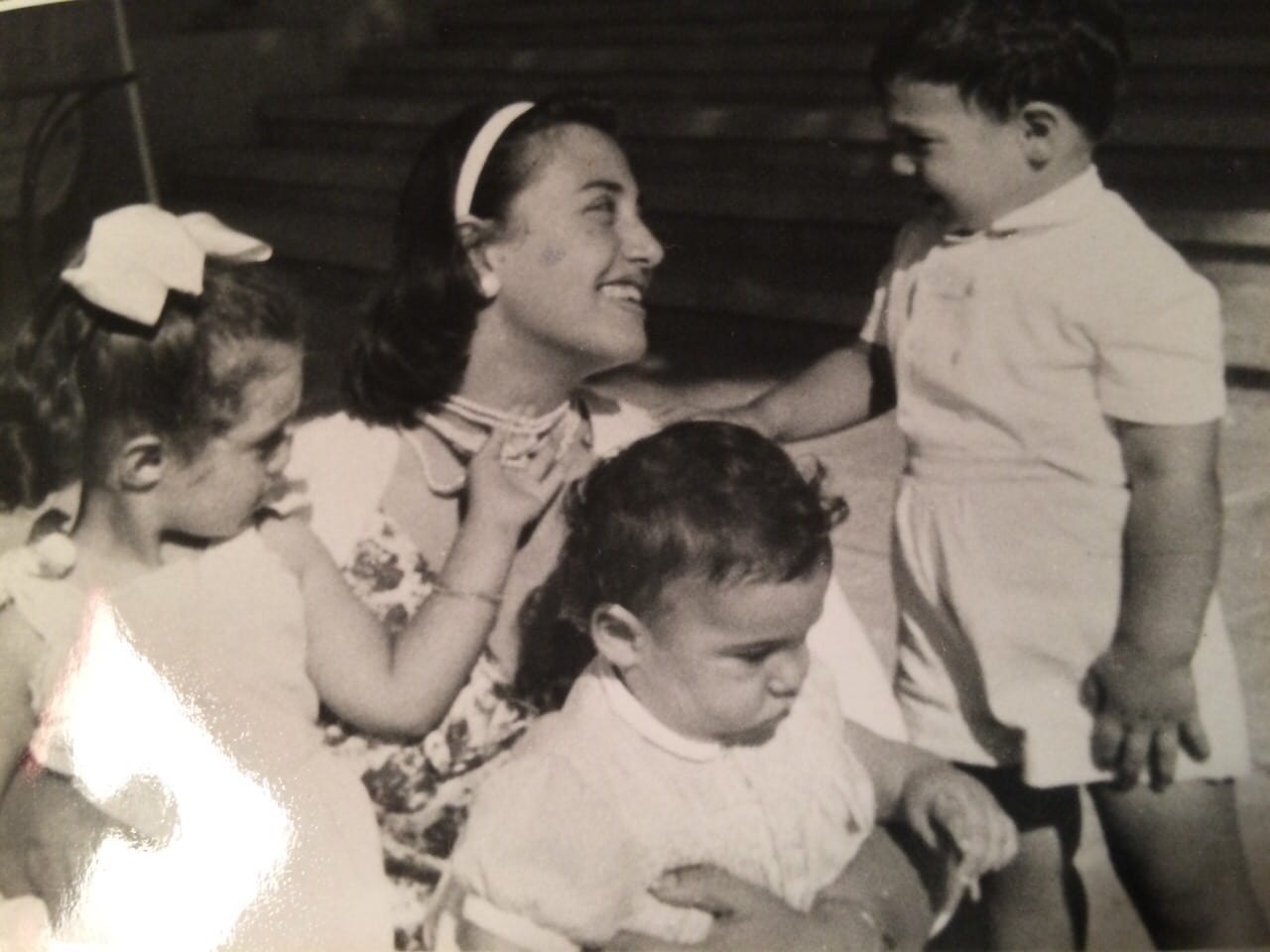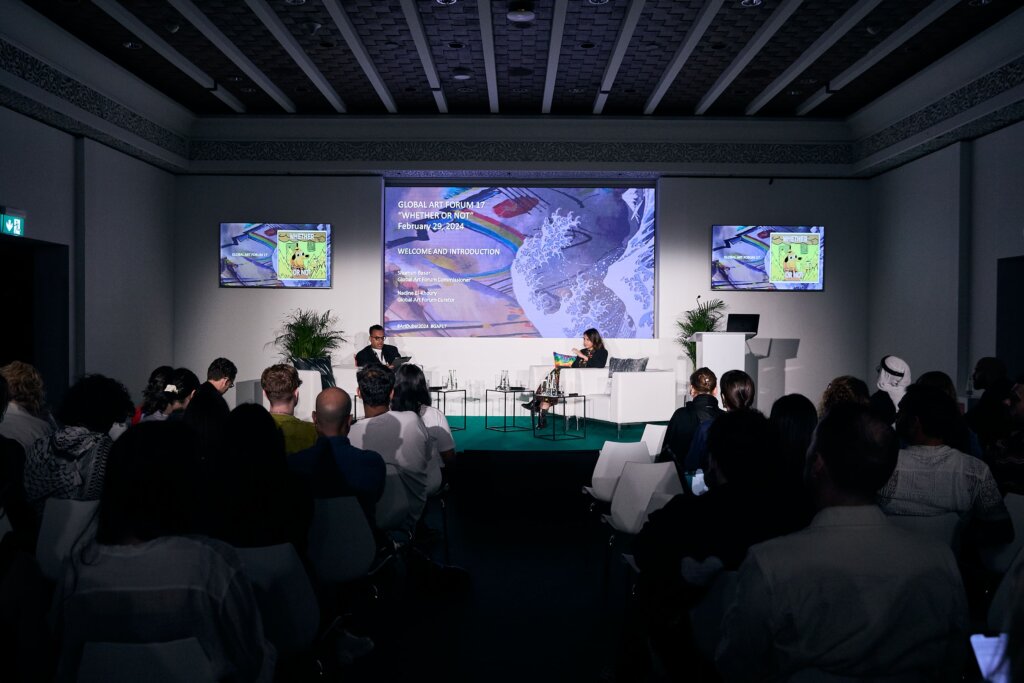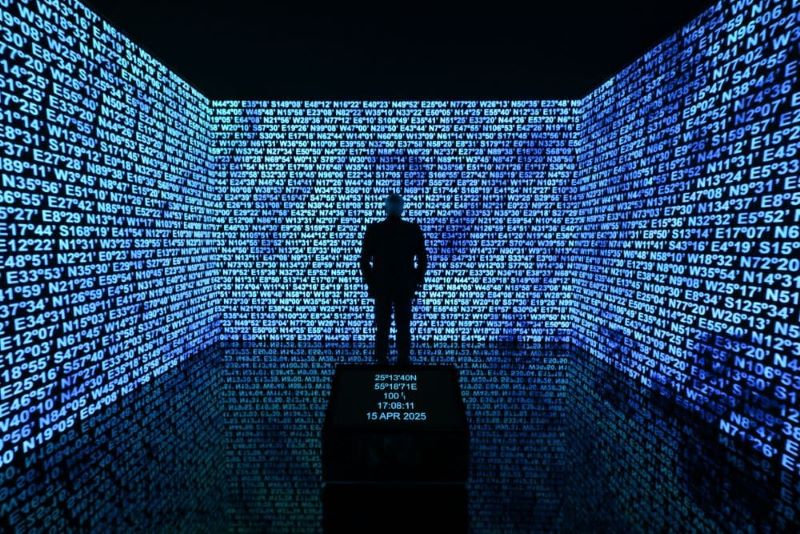‘Rewind’ is a feature series on the Art Dubai blog, looking at the life and personality of a Modern artist from the Middle East, Africa or South Asia, who is connected to the fair through one of the Art Dubai Modern participating galleries. The stories are told through the eyes of a close relative, and are written by Myrna Ayad.
Brigitte Caland talks about life with her mother, Huguette Caland.



















